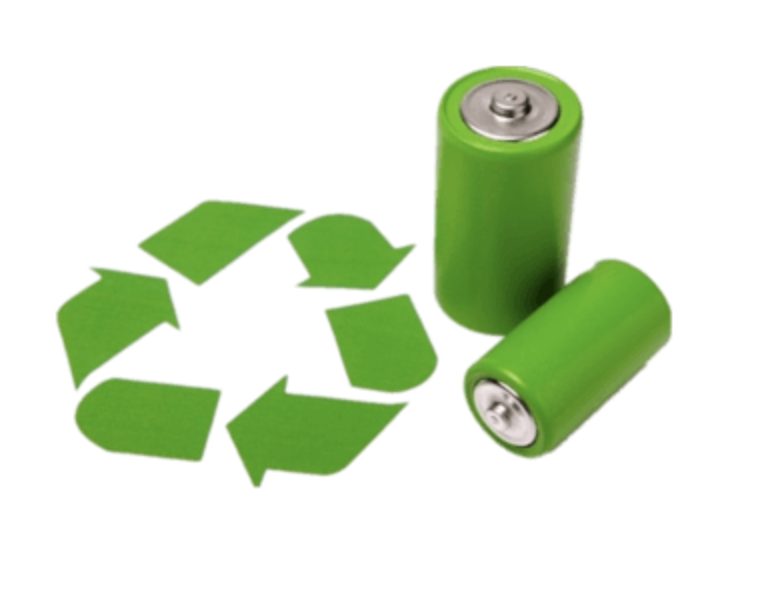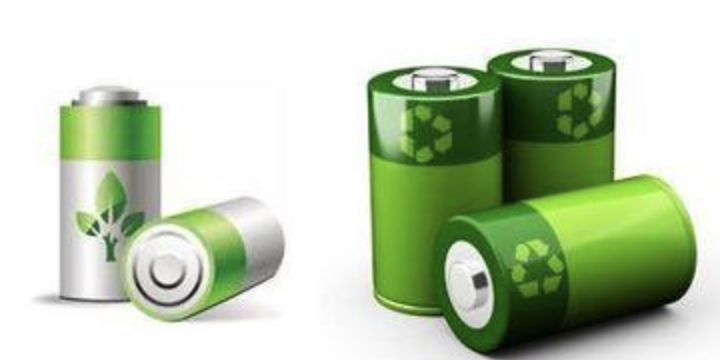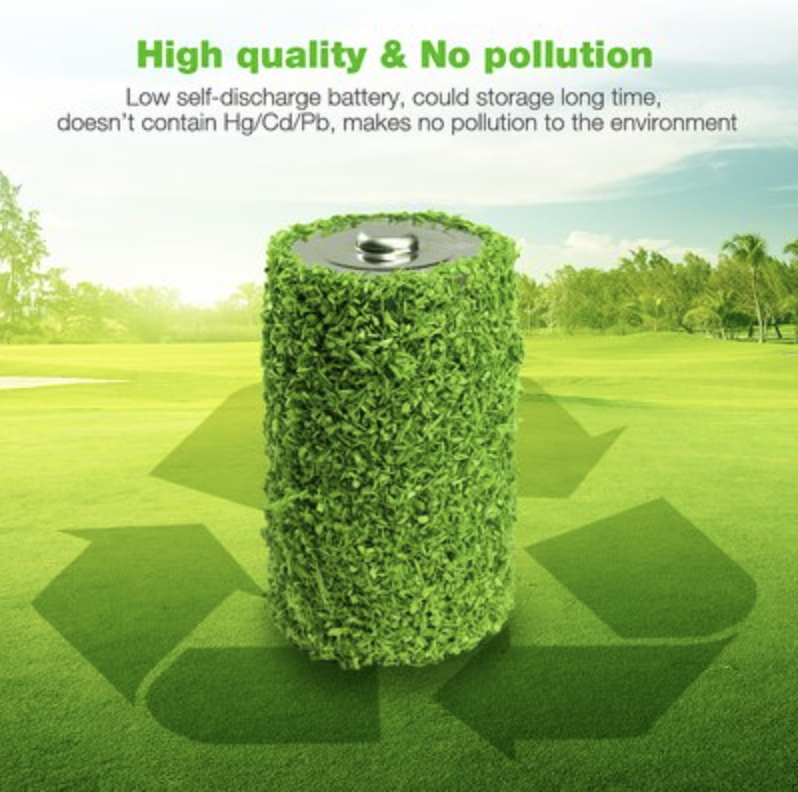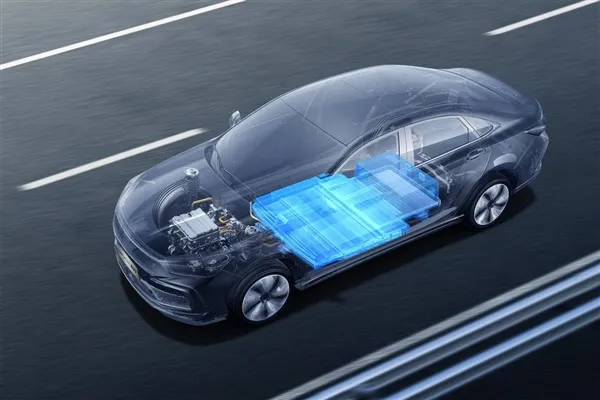No More Battery Worries: The Rise of the Supercapacitor
Have you ever had this happen— you buy a smartwatch, and less than two years later, the watch itself is still in perfect shape, but the battery starts acting up, running out of juice at the worst moments? To make matters worse, replacing the battery isn't as simple as swapping one out of a TV remote. It usually means a trip to the service centre, maybe even cracking open the device, costing you both time and money.
Batteries have made modern life easier, sure-but they're also a bit like a high-maintenance friend: too bulky to fit into today's ever-thinner gadgets, quick to tire out after a limited lifespan, and packed with chemicals that aren't exactly kind to the planet.

If a battery is like a porter carrying a giant backpack—slowly storing and releasing large amounts of energy— then a supercapacitor is more like a rubber band: it charges fast, discharges fast, but traditionally couldn't hold much energy. That said, thanks to advances in materials and design, supercapacitors are no longer just "sprinters." The latest generation of ultra-thin, flexible models is light, compact, and capable of withstanding hundreds of thousands of charge-discharge cycles without breaking a sweat. Paired with solar panels or other energy harvesting systems, they can provide a steady power supply for lot devices- eliminating the hassle of frequent battery swaps.
So why the love-hate relationship with batteries? It comes down to three words: expensive, clunky, dirty. Expensive: In industrial or commercial use, replacing a single battery can cost hundreds of dollars— not to mention the labour fees for trained technicians. Clunky: their bulky, cylindrical or button-cell shapes box in designers, forcing otherwise sleek, elegant devices to bloat just to fit a power source. Dirty: batteries often contain lithium, cobalt, manganese, and other hard-to-degrade substances that pose environmental risks. From mining during production to disposal at the end of life, batteries leave behind a heavy ecological footprint. And it's only getting worse. As the number of smart and IoT devices skyrockets from billions to trillions, so does the mountain of battery waste. EU data shows that in just one year, Europe sold 240,000 tons of portable batteries, but less than half were recycled. Where did the rest end up? Likely in landfills, quietly leaking toxins.

By contrast, supercapacitors are like clean, friendly new neighbours. Many next-generation models have ditched toxic materials altogether, with some even using bio-based components. That means they're easier to recycle, and even if they slip into the general waste stream, they won't wreak the kind of havoc batteries do. Their durability is also remarkable. A typical battery might give up after a few hundred cycles, while a supercapacitor can survive 200,000 cycles or more. Put simply: if a battery is a short-distance sprinter, a supercapacitor is a marathon veteran with endless stamina.

In the past, supercapacitors were often bulky cylinders as thick as two centimetres across. They worked, but they made devices look and feel awkward. Now, new ultra-thin supercapacitors have changed the game. Made with safe, recyclable materials, some are slimmer than a coin, yet still deliver reliable power. This breakthrough opens the door to endless possibilities: smart cards, wearables, and flexible electronics all enjoying a seamless "always-on" experience without bulky batteries.
Combine supercapacitors with energy harvesting, and it's like giving devices their own "miniature sun." Power up with solar energy during the day, run smoothly at night, and have no more low-battery anxiety. Best of all, you never have to swap a battery again. This setup is known as a "permanent power supply." It doesn't just keep IoT devices alive and kicking; it also saves businesses massive maintenance costs and keeps millions of batteries out of landfills.
In the not-too-distant future, we may find that the gadgets around us no longer need battery replacements, no longer pile up toxic waste, but instead breathe in energy as naturally as we breathe air. By then, supercapacitors won't just be a technical term— they 11 be the invisible, ever-present green heartbeat of our everyday lives.
(Writer:Tick)





